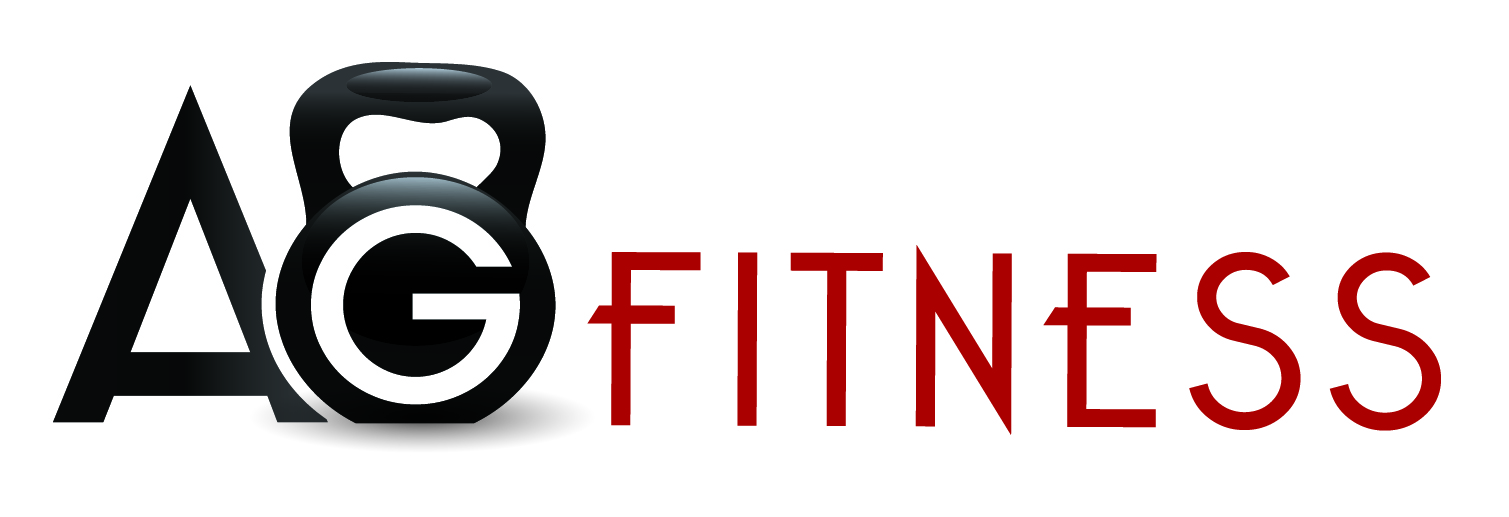Core Strengthening – Part Two
Last week, I discussed exercises that are not recommended for core strengthening. In this blog post I will discuss the exercises that are highly recommended to strengthen your core.
Before, we get onto what you should be doing, let’s talk about why you should strengthen your core in the first place. Dr. Stuart McGill from the University of Waterloo in Kitchener, Ont. gives these three reasons: 1) stiffness of the lumbar spine and core enhances distal athleticism and limb speed – the stiffer the spine the more energy will be transferred to the limbs for athletic tasks, 2) a muscular guy wire system is essential for a flexible spine to bear load, and 3) muscular coactivation creates stiffness in the spine to eliminate micromovements in the joints that lead to pain – these micromovements occur because injury causes laxity to joints and tissues.
Let's talk about how to strengthen your core without excessively loading the spine and putting yourself at risk for injuries.
McGill’s “big three” are exercises prescribed by Dr. McGill. These exercises are based on 30 years of research by Dr. McGill and his colleagues. They have shown to strengthen the muscles that stiffen the spine without putting loading the spine excessively.
1. Curl up – the basic starting position is supine with the hands supporting the lumbar region. The back should not be flattened, but instead there should be a natural curve or lordosis. From here, bend one knee to 90 degrees and leave the other leg out straight. The focus of the rotation is in the thoracic spine. Do not flex your neck but rather move your head and neck as a rigid unit on the thoracic spine. The intention is to contract the rectus abdominus muscles and the obliques without moving the spine. The tongue should be placed on the roof of the mouth behind the front teeth and pushed upward to stabilize the neck. Elbows should be left on the floor.
2. Side Bridge – Beginners bridge from the knees. Lie on one side with the knees bent to 90 degrees and the body supported through the elbow and the hip. Place the free hand on the opposite shoulder and pull down to help stabilize that shoulder. The torso is straightened until the body is supported by the elbow and the knee.
If you are strong enough, you can bridge from the toes.
3. Bird dog – The starting position is on the hands and knees with the knees under the hips and the hands under the shoulders. The spine should be in neutral (a slight lordosis). Lift one arm or leg about an inch off the floor. Make sure that the spine isn’t going into an excessive lordosis, twisting or flexing, maintain that neutral position.
Once you can lift an arm or a leg with good core control, you can progress by lifting an opposite arm and leg together while maintaining a stable core.
Dr. McGill suggests that you hold the positions for only seven or eight seconds as the research shows rapid reduction of oxygen available to the torso muscles when contracting at these levels. Short relaxation of the muscle restores oxygen (McGill, Hughson and Parks, 2000). To build endurance, do more repetitions rather than longer holds.
McGill, Stuart. Low Back Disorders, Evidence Based Prevention and Rehabilitation.
Suzie Foreman is a registered physiotherapist with over 30 years of experience in Orthopaedics and Sports Physiotherapy. She currently practices in downtown Toronto.





